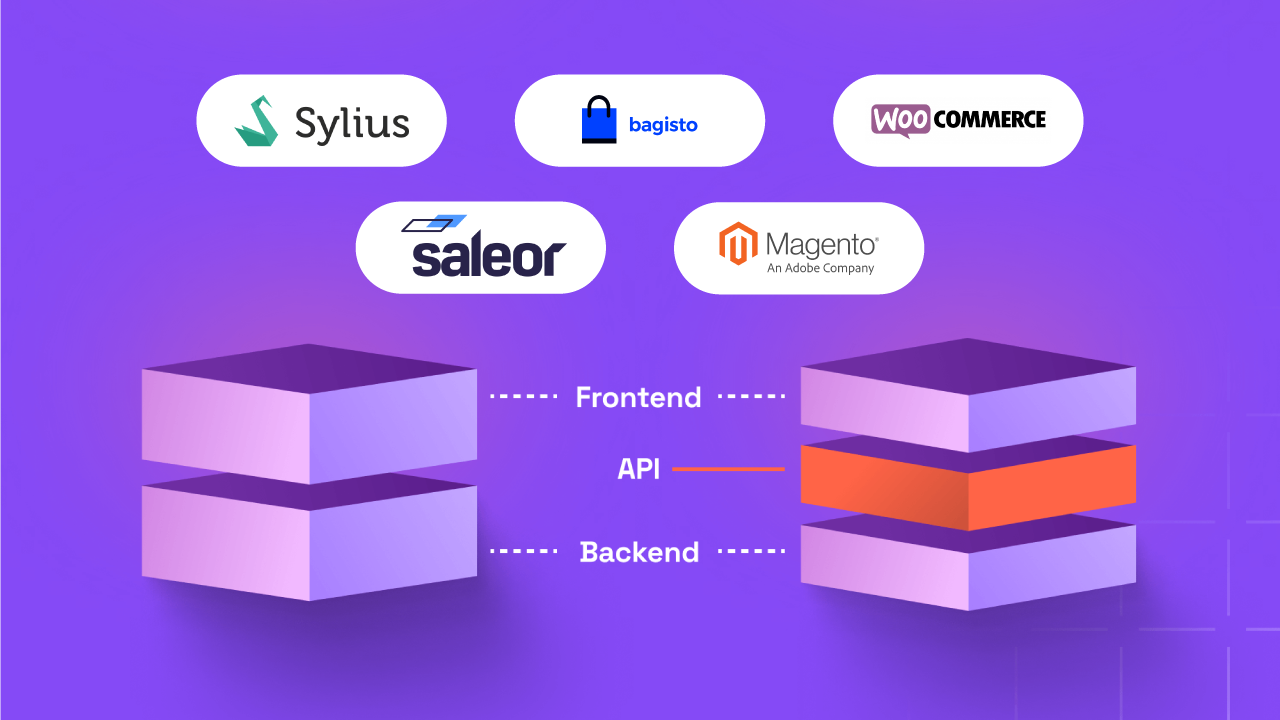How Much Does Shopify Web Development Cost

In the fast-paced world of e-commerce, where online stores have become the new norm, Shopify has emerged as a go-to platform for building stunning and functional online shops. However, determining the right pricing for Shopify web development can be as tricky as navigating a maze.
In this article, we’ll unravel the challenges developers often face when setting prices and how the features of a full-fledged Shopify store can influence the cost. Let’s dive in!
Understanding Shopify Web Development Pricing
When it comes to pricing a Shopify web development project, there’s more than meets the eye. It’s not just about a bunch of lines of code; it’s about creating an online storefront that resonates with your brand and caters to your audience. The challenge lies in deciphering the myriad factors that contribute to the final price tag.
Imagine a canvas where you can paint your e-commerce dreams — Shopify offers a remarkable level of customization. However, as the degree of customization increases, so does the complexity of the development process. From tailor-made designs to unique functionalities, every little tweak adds a layer of intricacy.
This complexity often results in developers wrestling with the challenge of crafting a pricing strategy that accurately reflects the work involved.
Read Also: Your Ultimate Guide to Hiring a Top-notch Shopify Development Agency
What Goes into Shopify Web Development Pricing
When it comes to pricing a Shopify web development project, transparency is key. Both developers and clients need a clear understanding of what goes into determining the final cost. However, this task is not without its challenges. Let’s explore some of the hurdles developers encounter in the pricing process.
Challenges in Providing Accurate Pricing
- Customization Complexity
Shopify offers a vast array of customization options, allowing businesses to tailor their online stores to their unique needs. However, this customization complexity can pose challenges for developers. Crafting a store that reflects the client’s brand while ensuring seamless functionality requires time and expertise. Balancing these factors while arriving at a fair price is no small feat.
- Scope Definition
Defining the scope of a Shopify project is like setting the boundaries of a playground. Changes to the scope during development can lead to scope creep – a phenomenon where additional features are added, impacting both time and cost. Ensuring a clear, well-defined scope from the outset helps prevent misunderstandings and unexpected pricing adjustments.
- Third-Party Integrations
Today’s e-commerce landscape relies heavily on third-party apps and services to enhance functionality. However, integrating these components seamlessly into a Shopify store can be complex. The challenge lies in ensuring that the different pieces work together harmoniously, without compromising the user experience or store performance.
- Responsive Design and User Experience
In an era where users access online stores from various devices, responsive design is non-negotiable. Delivering a consistent and user-friendly experience across desktops, tablets, and smartphones requires careful planning. The intricacies of creating a responsive web store can impact pricing due to the additional effort needed to ensure a flawless experience on every device.
Check out our article on: How to Improve Customer Experience For Insanely Loyal Customers
- Design Complexity
Visual appeal matters. A stunning design not only draws customers in but also enhances brand recognition. However, intricate design elements can increase development time and effort, affecting the final price tag. Balancing aesthetics and functionality is essential for creating a visually engaging and effective online store.
- Product Catalog Size
The size of a product catalog can significantly influence pricing. Managing a large inventory requires careful consideration of product categorization, filtering options, and navigation. Developers need to ensure that the online store remains user-friendly, even as the catalog expands.
- Payment Gateways and Security
Secure payment gateways are the backbone of any e-commerce operation. Integrating reliable gateways while ensuring data security is paramount. However, these integrations can impact development complexity and, consequently, pricing.
- SEO and Marketing Features
A successful online store isn’t just about design; it’s also about being discoverable. Integrating SEO and marketing tools into the Shopify store is essential for attracting and retaining customers. While these features provide undeniable value, they can influence the overall pricing due to the additional technical considerations involved.
Strategies to Overcome Shopify Development Challenges
- Detailed Project Scoping
Thorough consultations to understand your client’s goals and requirements can make pricing a little easier. Every detail documented with prior discussions with the client gives a direction into the project as well as clarifies the resources and time required for development. Regularly review and update this document as the project progresses to ensure everyone is on the same page.
- Responsive Design and User Experience
Opting for a mobile-first design approach is a must and make sure to emphasize it. Explain to clients that focusing on mobile responsiveness not only caters to today’s diverse device landscape but also enhances their store’s search engine ranking and user engagement and make sure to set your pricing strategy around that.
- Collaboration with Designers
Partner with skilled designers who understand both aesthetics and functionality. This collaboration ensures that design elements are not only visually appealing but also aligned with a smooth user experience. UX and UI design is the initial step for the development of a project and needs to be included in the pricing strategy for a better view of the aesthetics of the eCommerce store.
- Scalable Solutions
Offer solutions that can accommodate a growing product catalog. Use categories, filters, and navigation structures that can scale seamlessly. Discuss the benefits of a well-organized catalog in improving user engagement and conversion rates.
- Emphasize on Security
Explain the critical importance of secure payment gateways for customer trust and data protection. Highlight your expertise in integrating reliable gateways and ensuring the utmost security for transactions. Keeping the store safe from outside threats, fraud, and hackers is a good investment for any store owner hiring a Shopify development company for their project.
- Value Online Visibility
Educate clients on the long-term benefits of SEO and marketing features in driving traffic and increasing sales. Detail how these tools can enhance their brand’s online visibility and customer engagement. It is important to be found on a search engine such as Google that can send end-users to the client’s website.
Conclusion
Pricing Shopify web development projects is a multifaceted endeavor. As a developer, understanding the challenges posed by customization, scope changes, integrations, and responsive design is crucial. Crafting a transparent pricing strategy and considering factors like design, product catalog size, payment gateways, and marketing features will help you provide accurate quotes and deliver exceptional value to your clients. By embracing these insights, you can navigate the complexities of Shopify web development pricing with confidence and professionalism.



